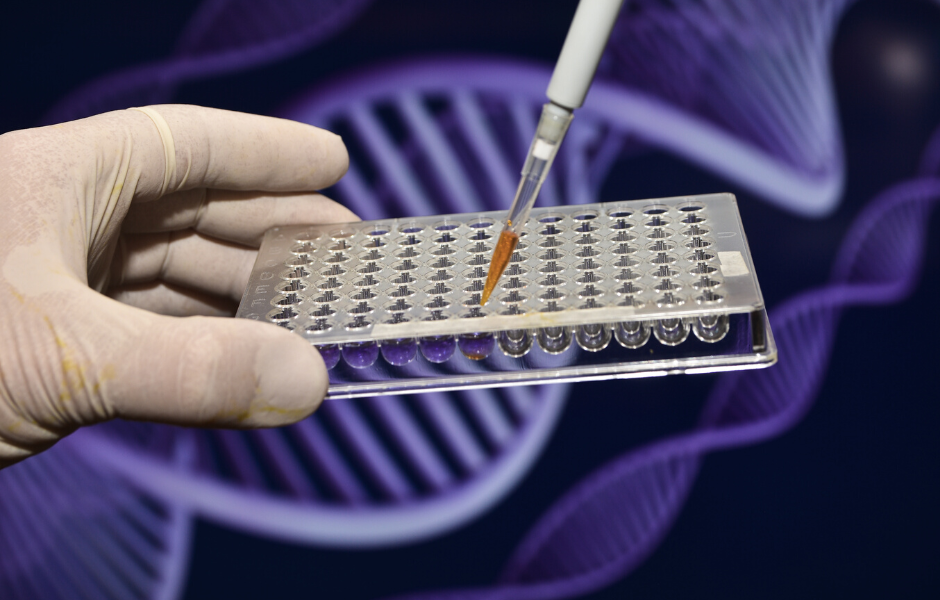
By Colleen Wienhoff, NDASA Board Member and CEO and owner of Idaho-based Wienhoff Drug Testing
A paternity or maternity test can be used to establish the parenthood of an individual for a court case related to child support, social security or child custody. The test can also be used to support placing a parent’s name on a birth certificate.
The most common sample type for DNA testing is a buccal swab. This sample is collected using a cotton swab that is gently rubbed on the inside of the cheek.
Having a sample collected at a conveniently-located certified collection facility ensures that the proper chain of custody is maintained.
Best Collection Practices
1. The Collector wears gloves during the entire collection and packaging process.
2. If there are multiple donors who require buccal swabs, the Collector must finish each individual’s complete DNA test before another collection can begin.
3. Two buccal swabs must be used for the left cheek and two for the right cheek; four in total per collection.
4. The swabs must be taken by the donor and moistened against the inside of the cheek.
5. Swabs must be collected one at a time and kept separate the entire time.
6. When collected, the swabs should be allowed to dry for one minute prior to placing them in the appropriate envelopes for sending them to the lab.
7. A separate envelope is required for each individual donor’s collection. The donor’s name is printed on the envelope.
8. Once all samples from a donor have been collected, the collector must include the client authorization form (if provided), Custody and Control Form, court orders, pictures of underage children (signed and dated by the parent/guardian) and any other required documentation in the mailer to ship with the specimens.
9. Check if you are required to collect fingerprints. If so, make sure to collect fingerprints for all individuals (parent/guardian as well as child).
10. The Collector should make copies of all documents to retain at the collection site.
Common Errors
- Documentation – The most common error that occurs when performing a DNA test is not including all required documents, from all parties involved. For example, when the donor is being tested to establish paternity, the collector must include birth certificates for all children involved and a photo of each child. If a child does not have a government-issued ID with a photo, such as a passport, the collector must take a photo of the child and have the parent or guardian print the child’s name on the photo and then sign their name as guardian or parent i.e. John Smith, child, signed by Lisa Smith, mother. In addition, the collector must make sure to include copies of the adults’ driver’s licenses or government IDs in the envelope.
- The swab – Another issue that causes problems with a DNA test at the lab, is when the collector places a swab in the envelope while it is still soaking wet. This interferes with the DNA testing process and can also cause the swab to stick to the inside of the envelope. For this reason, it is important to take the extra minute to allow the swab to dry.
- The CCF – We sometimes see errors in the DNA Custody and Control Form. It is the Collector’s responsibility to make sure that each line of the form is filled out correctly, by the appropriate person. The CCF must be able to stand up in court. So, before sending the envelope to the lab, check the CCF one more time for accuracy.
The collector plays a key role in ensuring the accuracy and legitimacy of a DNA test. Attention to detail and a willingness to take the time to get it right, go a long way to avoiding problems at the lab and potentially in court.

